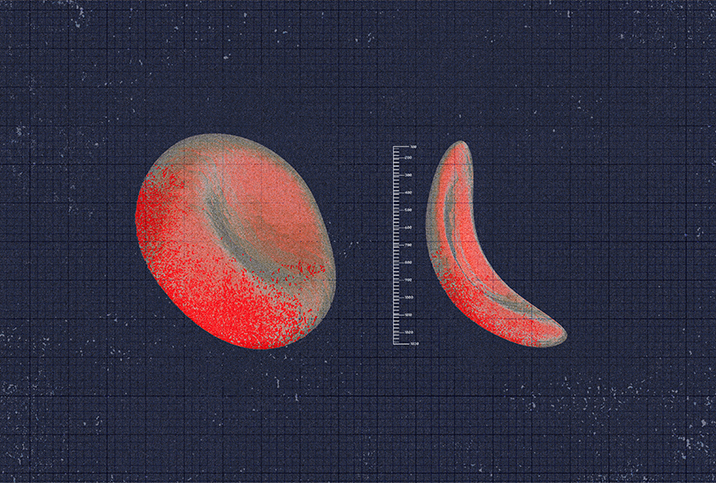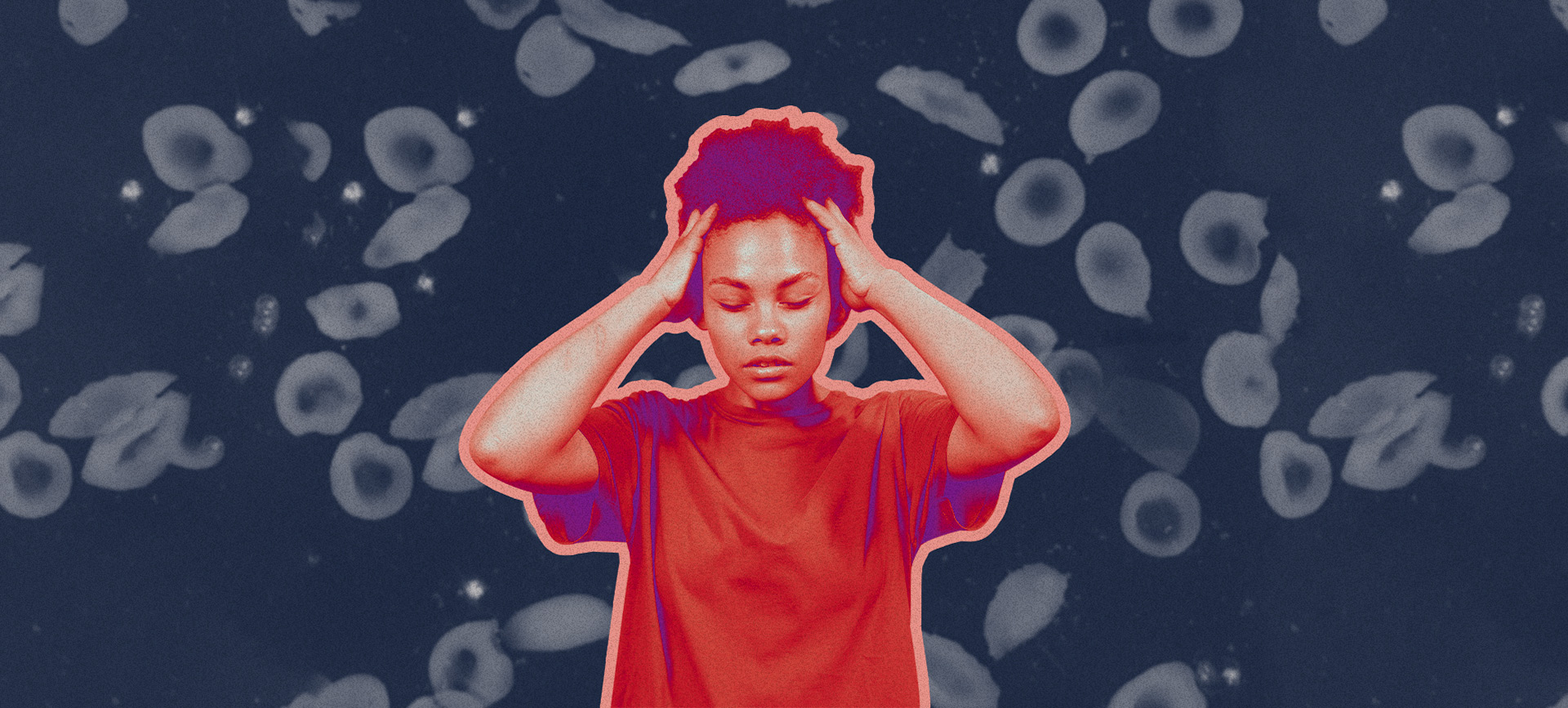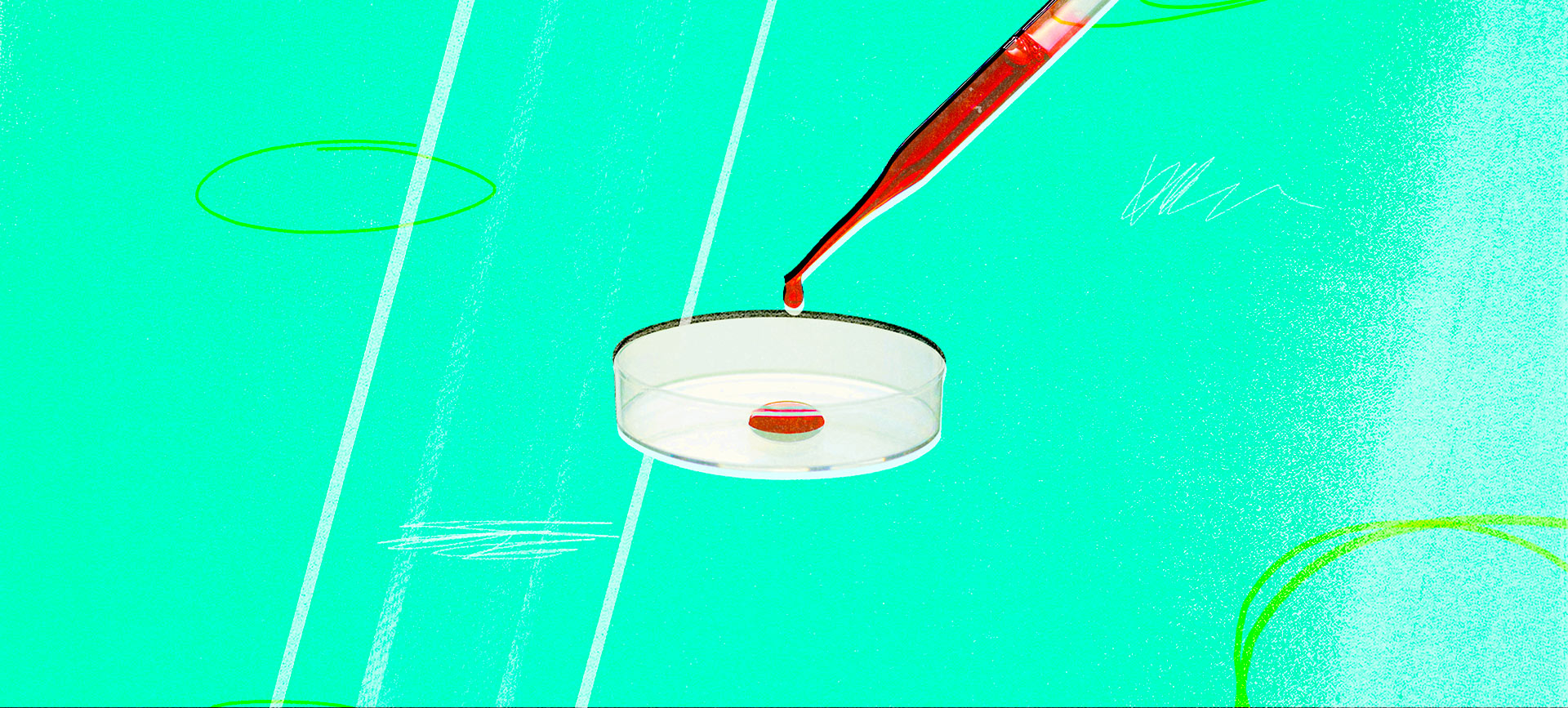Sickle cell disease (SCD) affects about 100,000 people in the United States, according to the Centers for Disease Control and Prevention (CDC), and millions more worldwide. A red blood cell disorder, SCD causes cells that are normally round to take on the C shape that gives the disease its name. These abnormally shaped blood cells die early, creating a red blood cell shortage, and can become stuck in small blood vessels and impede flow.
Despite recent improvements in disease management and life expectancy, the complications of sickle cell disease are many: kidney and liver problems, chronic pain, blood clots, anemia, infection and more. Another issue can be added to the list as well: infertility.
Men and women with sickle cell disease are at greater risk of fertility complications. For men, the problem is largely tied to sperm health. For women, several factors arise, including chronic inflammation, oxidative stress, transfusion-related hemochromatosis (a harmful buildup of iron) and more.
This series, which leads up to Sickle Cell Awareness Month in September, will include stories about SCD's overall effects on the human body and how the disease is treated. In the third and fourth weeks of the month, we will share stories about how sickle cell disease affects male and female sexual health, specifically, fertility.










